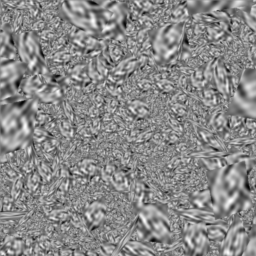
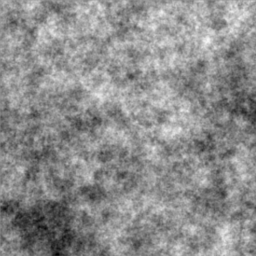
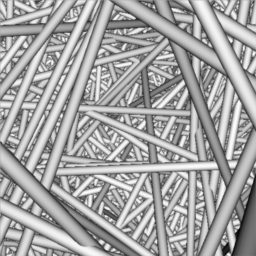
(Joint work with Mike Langer, McGill University)
Previous methods for estimating observer motion in a rigid 3D scene
assume that image velocities can be measured at isolated points.
When the observer is moving through a cluttered 3D scene such as a
forest, however, point-wise measurements of image velocity are more
challenging to obtain because multiple depths and hence multiple
velocities are present in most local image regions.
 |
 |
 |
| Uncompressed
(PGM) equence |
PGM
sequence |
PGM
sequence |
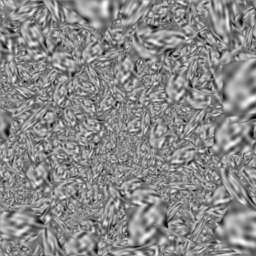 |
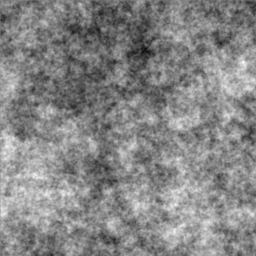 |
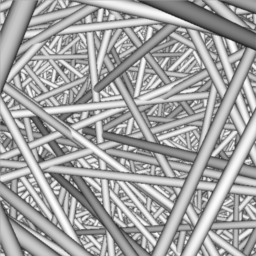 |
| PGM
Sequence |
PGM
sequence |
PGM
sequence |
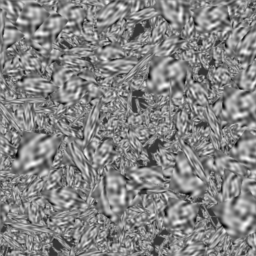 |
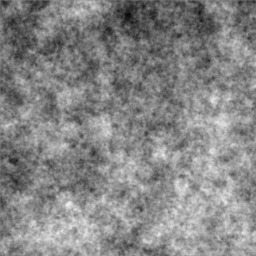 |
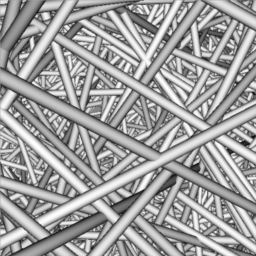 |
| PGM
sequence |
PGM
sequence |
PGM
sequence |
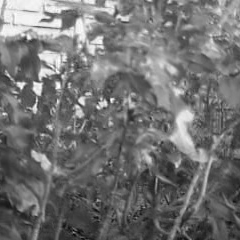 |
 |
| PGM sequence |
PGM sequence |